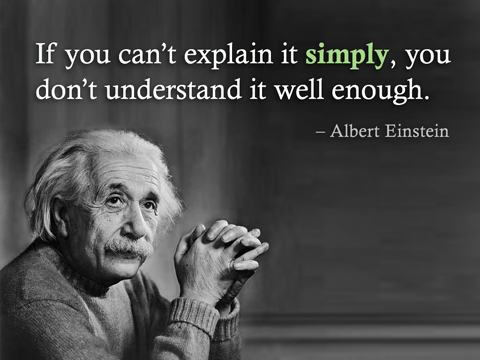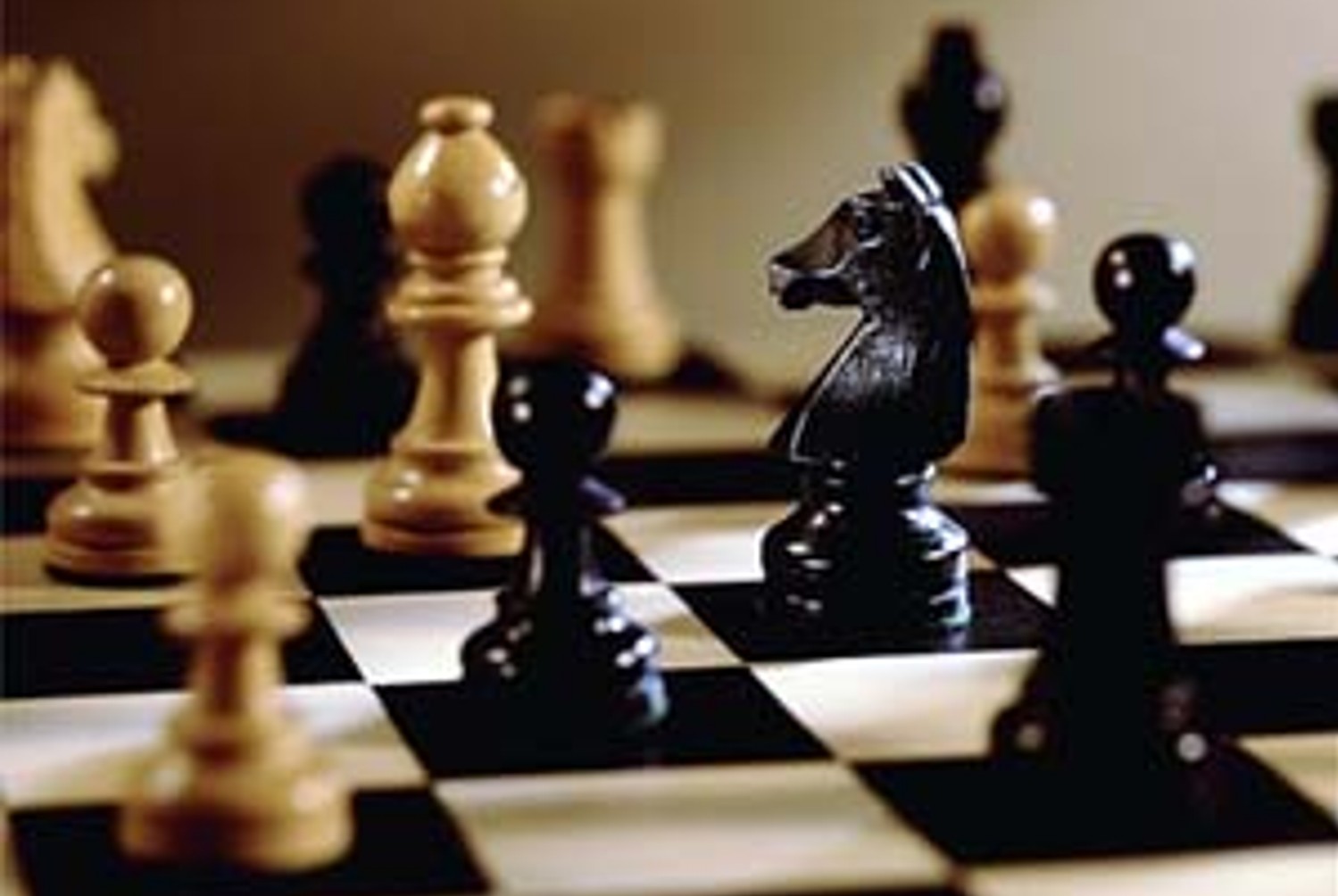Culture is the mental programming of people in a
particular context. It consists of implicitly shared meanings among a group of
people. McCracken (1986) defines two elements of culture as (a) Cultural
categories: which are fundamental axes or lenses of meaning through which the
individual divides and views the world. These categories can include
distinctions of race, class, gender, etc; and (b) Cultural principles: which are
the values and ideas that form the basis of the above categorization.
Hofstede, Neuijen, Ohayv, & Sanders (1990) developed a model to classify the levels of
manifestation of culture. Figure 1 depicts the model.
Figure
1. Manifestation of Culture
Symbols are explicit words, gestures, pictures,
objects that carry a specific meaning within a culture. Heroes are real or
fictitious characters who personify prized characteristics in the culture.
Rituals are activities conducted periodically which are socially essential
within a culture. All these elements are explicit and can be observed in
cultural practices. The deepest level of culture lies in values. Value can be
defined as the answer to the question, “What is it that you want to live for?
How do you want to live?” Hence, values are the end goals and preferred mode of
action that people want to pursue.
McCracken (1986) also elucidates that cultural
meanings are located in and transfer between three places namely, the
culturally constituted world, the consumer good, and the individual consumer.
Hence, in order to build cultural resonance, brands need to decode culture from
the target society and encode culture in their brands through their products
and advertisements.
Surf Excel:
Redefining Cultural Principles
Cultural principles define cultural categories into
valences and hierarchies. They decide what is good and what is bad. The
detergent category conventionally follows the principle of ‘dirt is bad’, with
all brands positioned on cleanliness and whiteness. Surf Excel redefined this
cultural principle in order to break the clutter in the market and positioned
itself on ‘dirt is good’.
Figure2. Surf Excel - Shifting Cultural Category by changing Cultural Principles
In Asia, dirt is culturally associated with negative
aspects of poverty, poor hygiene, hardship, disease and sometimes death. In a
case study written by Unilever and their advertising agency, Lowe (Gosling & Jathanna, 2012), they explain that they reversed the logic of
making dirt ‘good’ from bad among moms by showing them the life values kids
learn through dirt. Asian mothers cherish life values of 'forgiveness', 'sacrifice', 'gratitude',
'courage', 'determination' and want their child to inculcate these traditional
values. Surf Excel, through its advertisements, showcased that, through dirt, a
child can learn these values and have high gains. This helped Surf Excel become
a symbol for freedom (Sachitanand, 2012). This campaign helped the brand's sales in Asia
grow tenfold and become the No.1 brand in most Asian countries, with market
share reaching as high as 70% (Gosling & Jathanna, 2012).

Fair &
Lovely: Tapping the Values of Fairness
Fair & Lovely is the largest selling skin
whitening cream in the world. It was launched by Unilever first in the Indian
market. It held a leadership market share of 50-70% of the skin whitening
market in India in 2006, with its close rivals Fairever and FairGlow only
having a combined share of 16% (Karnani, 2007). Fair & Lovely was able to build resonance with
Indian consumers because it decoded the culture of fairness at a deeper level
of values and encoded the same in its brand communication.
Based on the cultural analysis done by Verma (2011), we can plot the manifestation of the Culture of
Fairness of Hofstede’s model as follows:
Symbols
|
·
Hindi idioms 2
(‘kali kartutein’, ‘kala akshar..’ ‘Buri nazar wale..’ ‘kaali kaluti baigan
looti’
·
Moon related
songs (lullaby and film songs) ‘chand see mehbooba ho..’
·
Fairness
eulogizing popular songs and folk songs
|
Heroes
|
·
Snow White,
Cinderella, Sleeping Beauty, Fair protagonist in movies
|
Rituals
|
·
Home
treatments to protect fairness
·
Religious
customs of worshipping ‘full moon’ (poornima, poonam) vs. amavasya,
·
Search for
bride and bridegroom (matrimonial ads) Eg: "I am a
36-year-old man looking for an ideal Indian wife. She must be beautiful, fair
skinned, well-mannered and respectful of my aging parents."
|
Values
|
·
Feminine
beauty, perfection, racial superiority, confident, attractive
·
Better marital
and job prospects, status
|
Fair & Lovely tapped into the deep values
associated with fair skin and showcased the same in their advertisements. They
initially positioned the fairness cream as an instrument to reach the end goal
of better marital prospects. As the society changed towards increasing career
consciousness among women, they moved to the end value of better job prospects
and focused on the role of the product in helping the women realize their dream
of becoming independent.
Clottaire Rapaille
– Unlocking the Culture Code for Product Design
The deepest manifestation of culture lies in values.
However, consumers may not be consciously aware of their own value systems that
drive their behaviour and decisions. Most of the deepest held values are at
sub-conscious level. Clottaire Rapaille is a psychologist who delves into the
sub-conscious mind of consumers to uncover culture codes associated with
product categories. In his book “The Culture Code” (Rapaille, 2006), he explains that the culture code can be decoded
by analysing childhood imprints.
He presents an example of Wrangler Jeep, a player in
the American SUV market. Jeep Wrangler was initially a big player, but later
lost ground because of many new entrants in the SUV segment offering higher
comfort and luxury. Chrysler, the manufacturer, was contemplating to redesign
the Wrangler Jeep to make it more comfortable and luxurious. However,
Rapaille’s research probed on the childhood imprints of “Jeep” among American
consumers and found stories about free riding in open planes and symbols of the
American West. He concluded that the Code for Jeep in America is HORSE. He
recommended to design the product to symbolize a horse. A horse is not
associated with comfort or luxury. It is associated with toughness and
ruggedness. Hence, Jeep was designed with removal doors and an open top – to
give the feeling of wind while riding, similar to riding a horse. They included
tough leather like a saddle for the seats and made the headlights round in
shape because horses have round eyes and not square ones.
The company also used a horse in its advertising and
presented the Wrangler as a noble, nomadic hero that arrived serendipitously in
perilous situations, resolved them thanklessly, and rode off quietly into the
sunset. With the new product design, the sales of Jeep grew substantially along
with establishment of Jeep fan clubs in America. These fan clubs also had
t-shirts with the slogan “Real Jeeps have round headlights.” Recently, I-Phone
cases with the Jeep theme are also being sold (See image). The brand has become
a symbol for wildness and ruggedness and has strong resonance among its
consumers.
Figure 4.
I-phone case with Jeep theme
Figure 5. Recent
T-shirt themes on Jeep
References:
Gosling, B., & Jathanna, R.
(2012). OMO/Surf Excel/Rinso/Breeze: Dirt is good - The value of dirt. Warc
Prize for Asian Strategy.
Hofstede, G., Neuijen, B., Ohayv,
D. D., & Sanders, G. (1990). Measuring Organizational Cultures: A
Qualitative and Quantitative Study Across Twenty Cases. Administrative Science
Quarterly, 35(2), 286. doi:10.2307/2393392
Karnani, A. G. (2007). Doing Well
By Doing Good - Case Study: “Fair & Lovely” Whitening Cream (SSRN Scholarly
Paper No. ID 958087). Rochester, NY: Social Science Research Network. Retrieved
from http://papers.ssrn.com/abstract=958087
McCracken, G. (1986). Culture and
Consumption: A Theoretical Account of the Structure and Movement of the
Cultural Meaning of Consumer Goods. Journal of Consumer Research, 13(1), 71–84.
Rapaille, C. (2006). The culture
code : an ingenious way to understand why people around the world buy and live
as they do / Clotaire Rapaille. New York : Broadway Books, c2006.
Sachitanand, R. (2012, August 8).
How HUL succeeded in breaking through the clutter with “Surf Excel” campaign.
The Economic Times.
Verma, H. V. (2011). Skin
“Fairness”—Culturally Embedded Meaning and Branding Implications. Global
Business Review, 12(2), 193–211. doi:10.1177/097215091101200202

























